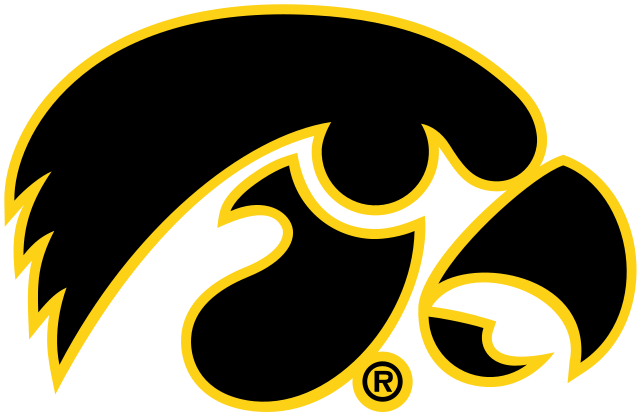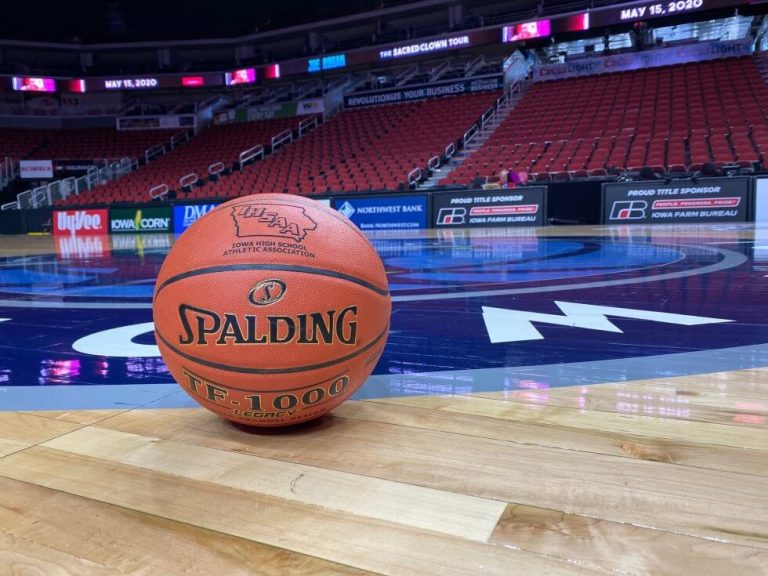WASHINGTON — On Thursday, U.S. Secretary of the Interior David L. Bernhardt designated Wrigley Field in Chicago, Illinois, as a National Historic Landmark, recognizing the significant role the ballpark has played in the city of Chicago and the history of professional sports.
National Historic Landmarks are buildings, sites, districts, structures, and objects that have been determined by the Secretary of the Interior to be nationally significant in American history and culture.
“The historical significance of Wrigley Field is interwoven into our nation’s story and a key part of what has become America’s beloved pastime for over a century,” said Secretary Bernhardt. “It is with great enthusiasm that I designate this iconic national treasure, the site of many legendary events, innovations and traditions in baseball history, as a National Historic Landmark.”
“Wrigley Field is a special place in the hearts of generations of fans,” said Chicago Cubs Executive Chairman Tom Ricketts. “That’s why, from our first day as owners, we committed to preserving Wrigley, which will now take its well-earned place in the lineup of American history and culture as a national treasure.”
Built in 1914, Wrigley Field has been the home of the Chicago Cubs since 1916, a National League charter franchise dating to 1876. Two years younger than Fenway Park in Boston, Wrigley Field is the second oldest ballpark in Major League Baseball and the oldest in the National League.
Wrigley Field is the only remaining ballpark connected to the Federal Baseball League, the short-lived rival to the National and American Leagues. It also hosted the first tryouts and organization of the All-American Girls Professional Baseball League. And, it was home to the Chicago Bears from 1921 to 1970, one of the original franchises in the National Football League.
Several innovations in baseball history have their origins in the ballpark. In 1916, the original owner Charles Weeghman started the custom of permitting fans to keep balls hit into the stands as mementos. Wrigley Field was the first ballpark to have refreshment booths behind the stands, and the first to use an organ on-site to entertain fans during games. The Chicago Cubs were among the first to embrace broadcasting home games on radio in 1925 and on television in 1946. These broadcasts drew fans from across the globe and contributed to the popularity of the Chicago Cubs and American baseball.
Many legendary events have taken place in the ballpark, including baseball’s only “Double No-Hitter” in 1917, Babe Ruth’s supposed “Called Shot” during the 1932 World Series and Gabby Hartnett’s “Homer in the Gloamin’” that helped propel the Chicago Cubs to the 1938 National League pennant. It was also the location in 1933 of the first National Football League championship, the forerunner to today’s Super Bowl.
Wrigley Field’s ivy-covered, brick outfield wall and well-known bleachers behind it were constructed during renovations in 1937. The 27-foot-high outfield scoreboard was also added at that time. Other improvements include seating renovations, the addition of an upper deck, and the addition of lights for night games in 1988. Renovations during the multi-year restoration and expansion project initiated in 2014 further enhanced the iconic features of Wrigley Field.










